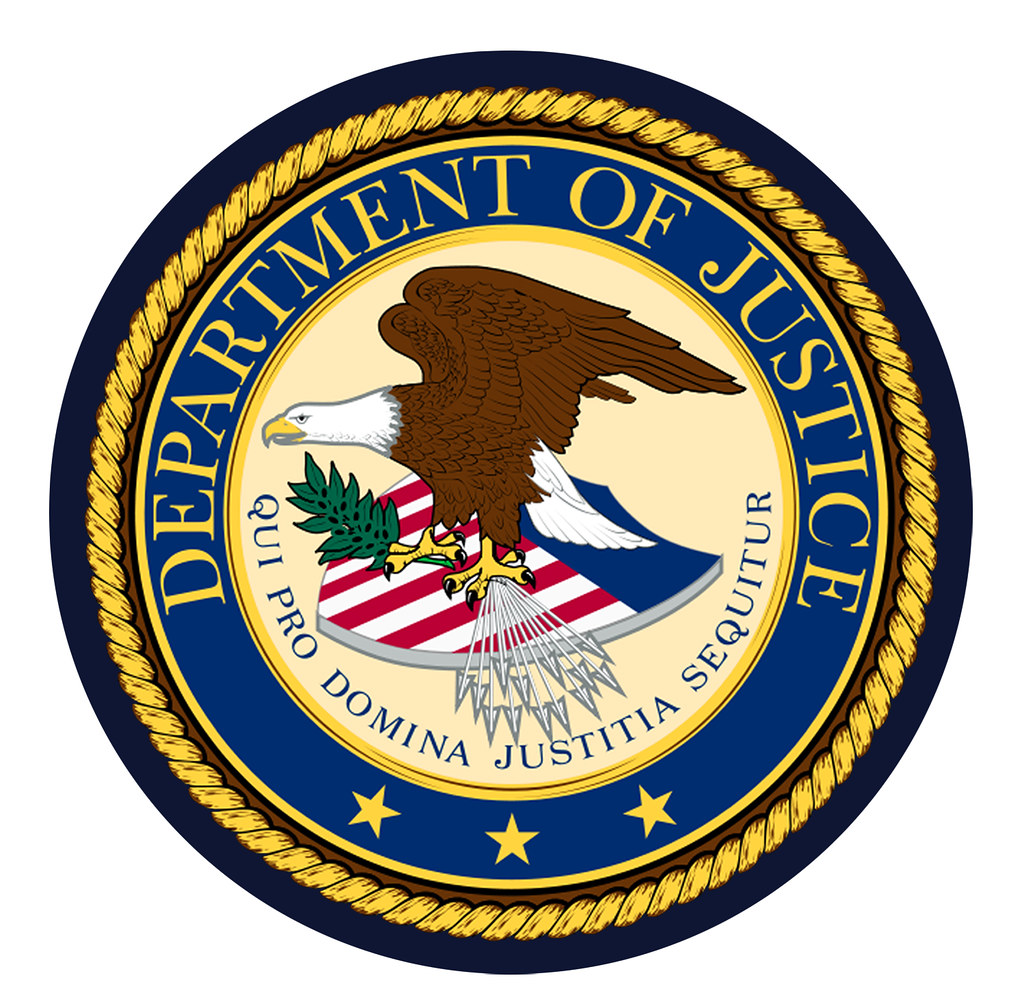Key Takeaways
- The University of Virginia deal stops a federal probe into civil rights claims.
- It marks the first public university agreement under the Trump administration’s shift.
- President James E. Ryan resigned amid pressure from White House officials.
- The agreement could affect diversity, equity, and inclusion efforts nationwide.
- Other elite schools face similar federal scrutiny and funding cuts.
The University of Virginia deal ends a federal investigation after threats of losing funding. This agreement shows how far the administration will go to reshape campus policies. Moreover, it sets a new standard for how public universities might respond to political pressure.
Background of the University of Virginia deal
In recent months, the Justice Department warned the University of Virginia it faced a probe. Officials accused the school of violating civil rights laws in its admissions and campus policies. Specifically, they targeted programs that support diversity, equity, and inclusion. As a result, the university risked losing millions in federal aid.
Furthermore, Harvard and other top schools felt similar pressure. Federal agencies launched multiple inquiries into their policies. Indeed, the government stripped billions of dollars from some institutions over alleged bias. Consequently, the University of Virginia felt it had to act quickly to protect its budget.
Eventually, negotiators from the White House and the university met in Washington. After weeks of talks, they struck the University of Virginia deal. Under its terms, the school agreed to revise certain policies. In return, the Justice Department agreed to halt its investigation—at least for now.
Pressure on University Leadership
Shortly after the agreement, President James E. Ryan stepped down. He had served as the university’s leader for only two years. Many observers believe the administration saw him as an obstacle. They said he supported diversity-focused policies that the White House opposed.
Moreover, the University of Virginia deal likely played a role in his departure. School trustees and state officials faced intense political heat. They feared losing more federal dollars if they resisted federal demands. As a result, Ryan became the first university president forced out under this administration’s campaign.
In addition, campus morale took a hit. Students and faculty expressed frustration over the deal and Ryan’s exit. They worried about the future of programs that help underrepresented groups. At the same time, others praised the move as a way to safeguard the university’s finances.
Impact on Diversity Programs and Funding
Because of the University of Virginia deal, the school must revisit its diversity efforts. It agreed to review admissions criteria and how it funds affinity groups. In turn, the Justice Department paused its civil rights probe.
However, some critics worry this pause may only be temporary. They note that other universities remain under scrutiny. For example, Harvard still faces multiple federal inquiries. Therefore, schools nationwide watch this situation closely.
More broadly, the administration has cut billions in aid to public and private universities. They argue that many schools favor certain groups over others. Meanwhile, supporters of diversity programs argue they play a vital role in campus life. They believe these programs foster inclusion and academic success for all students.
What the University of Virginia deal means for other schools
First, the deal shows that the administration can use investigations to force policy changes. As a result, other colleges may choose to negotiate rather than fight. In doing so, they hope to protect their federal funding and avoid long legal battles.
Second, the move signals a broader push to limit diversity, equity, and inclusion initiatives. Public universities might face more pressure from state and federal officials. Consequently, some schools could scale back or alter their programs.
Third, the deal may encourage universities to review their policies preemptively. By adjusting admissions rules and funding structures, they aim to stay ahead of federal scrutiny. In addition, many institutions are boosting in-house compliance teams to handle potential probes.
Moreover, the University of Virginia deal highlights the power of the Justice Department over higher education. It suggests that federal authorities can influence campus policies far beyond financial aid. Likewise, state lawmakers may join in, demanding changes at public schools.
Looking Ahead
In the coming months, officials will watch for how the University of Virginia implements its side of the deal. They will check whether the school makes real policy shifts or only cosmetic changes. If the Justice Department finds shortcomings, it could restart its investigation.
Meanwhile, student groups and faculty councils will push for transparency. They want clear information on what changes the university plans. At the same time, alumni and donors will monitor the situation closely. After all, their support often funds key campus programs.
Finally, this deal may serve as a roadmap for future agreements between universities and the federal government. It sets precedent for how far each side will go to protect its interests. Therefore, universities nationwide will study its terms and outcomes carefully.
Frequently Asked Questions
What triggered the federal investigation?
The Justice Department looked into civil rights complaints about admissions and campus programs that support diversity and inclusion.
Why did the University of Virginia agree to the deal?
The school wanted to protect its federal funding and avoid a lengthy federal probe that could harm its reputation.
What changes must the university make under the deal?
It needs to review admissions criteria and certain diversity programs, then report its revisions to federal officials.
Could this deal affect other universities?
Yes, other public and private schools may face similar pressures and choose to negotiate to shield their funding and policies.

